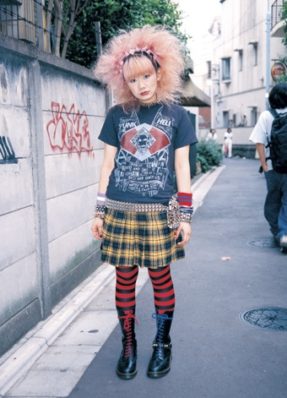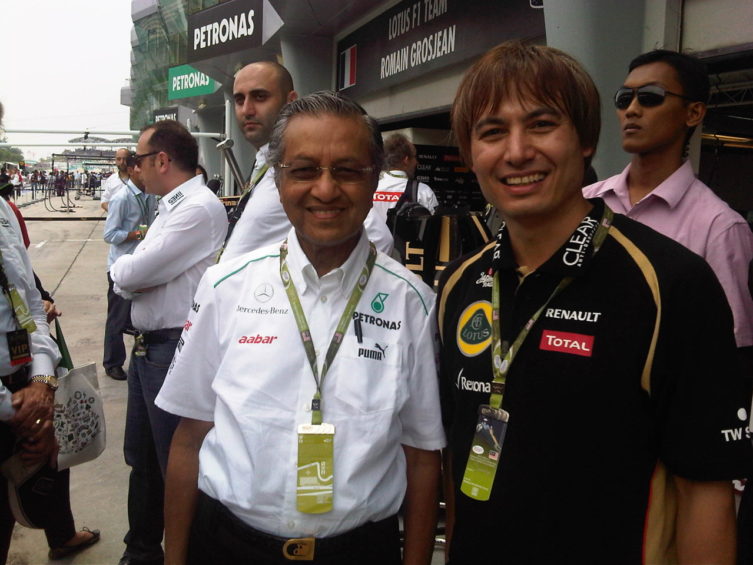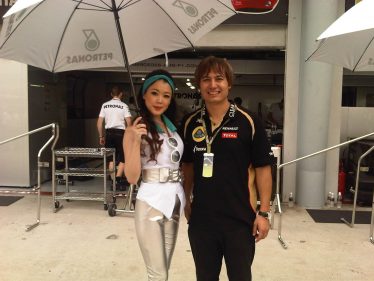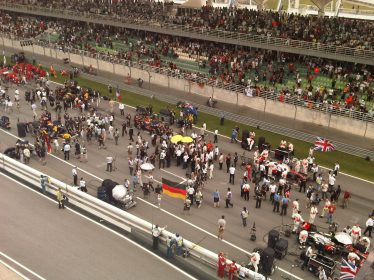World Economic Forum The Global Information Technology Report 2012
Hyperconnectivity is a relatively new term that was coined in response to the rapid availability and broad assimilation of entirely new ways to communicate. Hyperconnectivity refers not only to the means of communication and interaction, but also to the impact this phenomenon has on both personal and organizational behavior. Hyperconnectivity results from a combination of broadband expansion, the proliferation of mobile devices and wireless access, the dominance of social media in daily life and, most recently, the use of the cloud for data and applications access. Hyperconnected communication includes not only people-to-people formats (as individuals and as members of groups and using a vast array of media), but also communication between people and machines and between machines themselves without any direct human involvement.
I agree we are already in a hyperconnected world with positive (such as ease of global communication, freedom of information, new business) and negative effects (overload and glut of emails and information).
Hyperconnectivity has also given rise to a globalized “168” world (24 × 7 = 168)
Over the past decade, The Global Information Technology Report series, has become the most comprehensive and respected international assessment of the preparedness of economies to leverage the networked economy. This research provides a unique platform for public-private dialogue on best policies and for determining what actions will further national ICT readiness and innovation potential.
Through the evolved methodological framework of the Networked Readiness Index (NRI), The Global Information Technology Report 2012 measures the extent to which 142 economies take advantage of ICT and other new technologies to increase their growth and well-being. This year, Sweden tops the rankings, followed by Singapore and Finland.
Under the theme Living in a Hyperconnected World, the report features expert contributions that explore the causes and consequences of living in an environment where the Internet is accessible and immediate, where people and businesses can communicate instantly, and where machines are interconnected.












